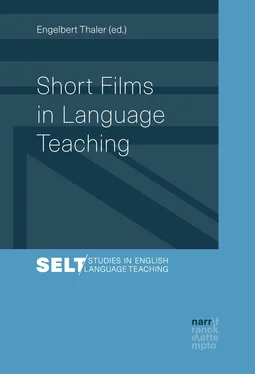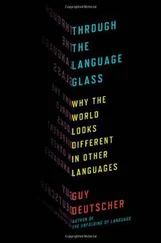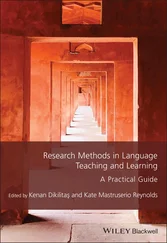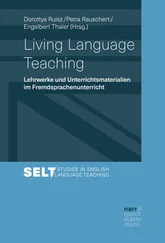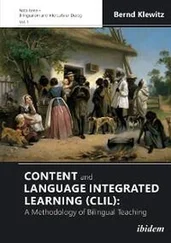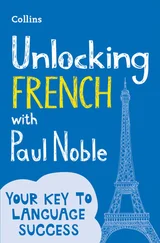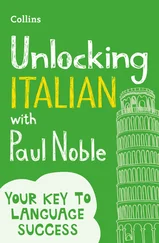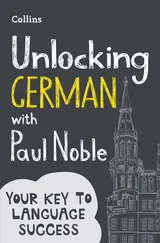Short Films in Language Teaching
Engelbert Thaler
Narr Francke Attempto Verlag Tübingen
[bad img format]
© 2017 • Narr Francke Attempto Verlag GmbH + Co. KG
Dischingerweg 5 • D-72070 Tübingen
www.francke.de• info@francke.de
Das Werk einschließlich aller seiner Teile ist urheberrechtlich geschützt. Jede Verwertung außerhalb der engen Grenzen des Urheberrechtsgesetzes ist ohne Zustimmung des Verlages unzulässig und strafbar. Das gilt insbesondere für Vervielfältigungen, Übersetzungen, Mikroverfilmungen und die Einspeicherung und Verarbeitung in elektronischen Systemen.
E-Book-Produktion: pagina GmbH, Tübingen
ePub-ISBN 978-3-8233-0040-3
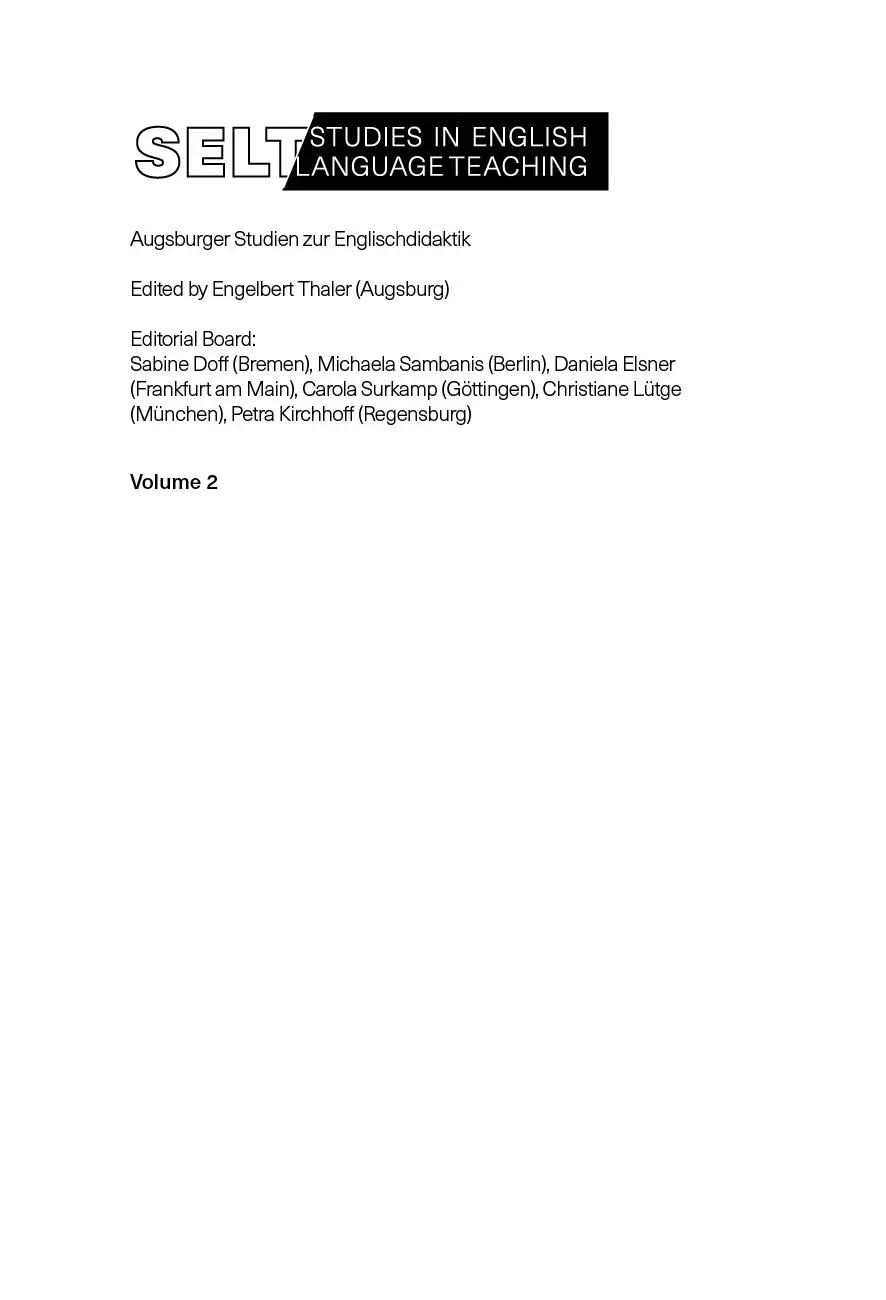
Contents
Why is a short film a perfect medium for teaching English as a foreign language? The simple though tautological answer is … because it is short, and it is a film. »If it moves, they will watch it« (Andy Warhol).
Looking back at the history of film, one realizes that the very first films shown to the public in 1894 were very short films presenting celebrities, current affairs and everyday life scenes. With the advent of feature-length films, due to recording and editing advances, commercial cinema gradually discarded short films. Yet technological progress in the fields of digital video, mobile devices, editing tools, and video sharing websites, has led to a renaissance of the short film (Donaghy 2015: 24). The internet turns out to match producers and consumers of short films in a marvellous way: The first can post their films online with no expenditure and reach millions of viewers; the latter can indulge in short bursts of entertainment anywhere and anytime.
This omnipresence should not exclude the classroom. Donaghy (2015: 24f.) propounds several convincing arguments for exploiting the ascent of the short film in TEFL. Short films …
can be easily integrated into the classroom, in contrast to feature films,
tell a whole narrative in a short period of time, allowing teachers to focus on narrative structure and character development,
are often open to different levels of interpretation,
can captivate, surprise, inspire and provoke learners as they are usually unfamiliar to them,
often have little dialogue, enabling intensive filmic experiences,
are excellent prompts for oral and written communication,
can promote film literacy better than long formats as they are less intimidating.
For all these reasons, this book is dedicated to the use of short films in TEFL. As all edited volumes in the SELT (Studies in English Language Teaching) series, it follows a triple aim:
1 Linking TEFL with related academic disciplines
2 Balancing TEFL research and classroom practice
3 Combining theory, methodology and exemplary lessons
This triple aim is reflected in the three-part structureof this volume. In Part A (Theory), the topic of short films is investigated from the perspectives of three academic disciplines, i.e. from the viewpoints of TEFL, film studies and cultural studies. Part B (Methodology) assembles five contributions on selected films, media and techniques. Eight concrete lesson plans can be found in Part C (Classroom). These lessons were designed by lecturer (editor) and students in university courses, then conducted and assessed by teachers at German schools, and finally revised by the editor. Each of these eight chapters is divided into genre (brief background information on the film type), procedure (source, synopsis, competences, topics, level, time, phases of the lesson), materials (texts, worksheets, board sketches), solutions (expected answers), and bibliography.
Part Ais introduced by the TEFL perspective. Engelbert Thalerattempts to answer what is meant by short films, why they should be used in the TEFL classroom, where teachers can find suitable material, what subgenres can be distinguished, what criteria of selection may be applied, what objectives can be determined, and how short films can actually be exploited in language classes. The theoretical argumentation is supported by the description and analysis of several film examples.
The perspective of film studiesis adopted by Klaus Maiwald. First he outlines didactic reasons and directions of working with (short) films. Then he takes a closer look at the innertextual and intertextual qualities of a particular short film (Goose Bumps / Gänsehaut ), showing how the language of film, its formal means and aesthetic techniques, is integral to language learning with film. He concludes by claiming that while film analysis is no end in itself, it is required in defining and fulfilling language oriented tasks.
Annika McPhersonadopts the perspective of cultural studies. She analyzes the award-winning 2009 short film Pumzi (›Breath‹ in Swahili). Building upon different readings of the film, her contribution highlights the film’s Afrofuturist dimension. It draws on cultural studies and postcolonial studies frameworks in order to show how broader questions of agency surrounding cultural power and cultural politics can be addressed through the analysis and discussion of Pumzi in educational contexts.
Part Bis introduced by Gabriele Blell. She treats the teaching potential of viral videosin school on a theoretical, a methodological and a practical level. The outstanding Yes, We Can by Will.I.Am (2008) is used as an illustration, and a possible teaching scenario initiated by a complex task is offered.
Christiane Lütgerecommends short animation films. She explores the potential of this genre, suggests a list of »must-see / teach« films, and encourages teachers to have learners produce their own animated videos.
Matthias Hutzexposes his learners to real-life language and interaction through shorties. After examining the difficulties of authentic language, he proposes several ideas how students can cope with authenticity.
Christoph Werthuses the children’s Schadenfreude to instigate learning processes concerning vocabulary and grammar as well as to make them reflect their attitudes towards a topic as serious as death and dying. However, he adopts a humorous approach to this topic by working with the short movie Dumb Ways to Die .
Genia Markovaand Jana Pessozkirecommend the short silent animation film Father and Daughter , which tells a very special story of a loss. Artful and elaborate, using only music and pictures to convey the message, this wonderful film can promote visual comprehension, writing and film analysis.
Part Ccomprises eight contributions, which demonstrate how certain subgenres of short films can be employed in the English language classroom:
New silent short films are recommended by Lena Heinze, who suggests inspiring lesson ideas for the film Gift . While watching, one wonders whether the family has really adopted a girl … or is it a …?
What genre has got »shock, beauty, atmosphere, glamour, drama, comedy, all in the space of 15–30 seconds?« (Sherman) Right, it’s the commercial. Anja Boneberger, Zeynep Direk, Dominik Eberts and Demet Gürsoy present two examples, i.e. a car commercial with the famous actor Pierce Brosnan, and a MetLife clip, in which a young girl exposes her father to be a liar.
Читать дальше
